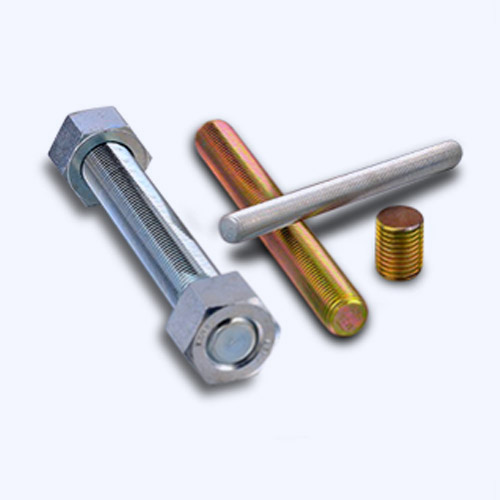aug . 12, 2024 18:22 Back to list
High-Quality M12 Hex Nuts for Secure Fastening in Engineering and Construction Applications
Understanding M12 Hex Nuts A Comprehensive Guide
M12 hex nuts are essential components in various engineering and construction applications. These six-sided fasteners, characterized by a hexagonal shape, cater to M12 bolts or screws and play a crucial role in ensuring stability and security in assembled structures. Understanding the specifications, applications, and benefits of M12 hex nuts can help professionals and DIY enthusiasts alike make informed choices for their projects.
What is an M12 Hex Nut?
The “M” in M12 indicates that the nut is designed to fit metric bolts, with “12” referring to the nominal diameter of the bolt in millimeters. M12 hex nuts typically measure 12mm across the flats and are produced to meet specific standards, such as ISO 4032 or DIN 934. These standards ensure that the nuts have uniform dimensions and mechanical properties, making them compatible with a wide range of bolts, including those found in automotive, construction, and machinery applications.
Hex nuts are usually made from various materials, including steel, stainless steel, and nylon, which allows for versatility based on environmental conditions and loading requirements. Steel hex nuts are commonly used for their strength and durability, while stainless steel options provide better resistance to corrosion, making them suitable for outdoor or marine applications.
Applications of M12 Hex Nuts
M12 hex nuts are widely used in industries like construction, automotive, and manufacturing. In construction, they are often used in conjunction with bolts to assemble or secure structural elements like beams, columns, and trusses. In the automotive sector, M12 hex nuts secure components such as brackets, engines, and chassis, ensuring safety and integrity during vehicle operation. Moreover, in manufacturing, they are essential for assembling machinery and equipment, providing reliable connections that withstand mechanical stress.
m12 hex nut

These nuts can also be found in home improvement projects, such as furniture assembly or household repairs. Their ease of use and availability make M12 hex nuts a popular choice for both professionals and hobbyists.
Benefits of Using M12 Hex Nuts
One of the primary benefits of M12 hex nuts is their reliability. When properly torqued onto a corresponding bolt, they create a secure connection, minimizing the risk of loosening over time due to vibrations or dynamic forces. Additionally, the hexagonal shape allows for easy maneuverability with tools like wrenches, making installation and removal straightforward.
Another advantage is the range of materials and coatings available. The selection of stainless steel, for instance, provides many parts with enhanced resistance to rust and corrosion in harsh environments. This makes M12 hex nuts a long-lasting option, reducing the need for frequent replacements and maintenance.
Moreover, M12 hex nuts offer compatibility with various fastening systems. This versatility means that they can be used in an array of applications without needing specialized tools or hardware, contributing to cost-effectiveness for both manufacturers and end-users.
Conclusion
M12 hex nuts are indispensable fasteners in numerous applications, offering strength, reliability, and versatility. Their standardized dimensions and availability in different materials ensure that they meet the needs of various industries, from heavy manufacturing to casual home improvement projects. Understanding the characteristics, applications, and benefits of M12 hex nuts empowers users to choose the right fasteners for their specific requirements, ultimately contributing to the success and safety of their projects. In a world where sturdy construction and assembly matter, M12 hex nuts remain a foundational piece of hardware.


